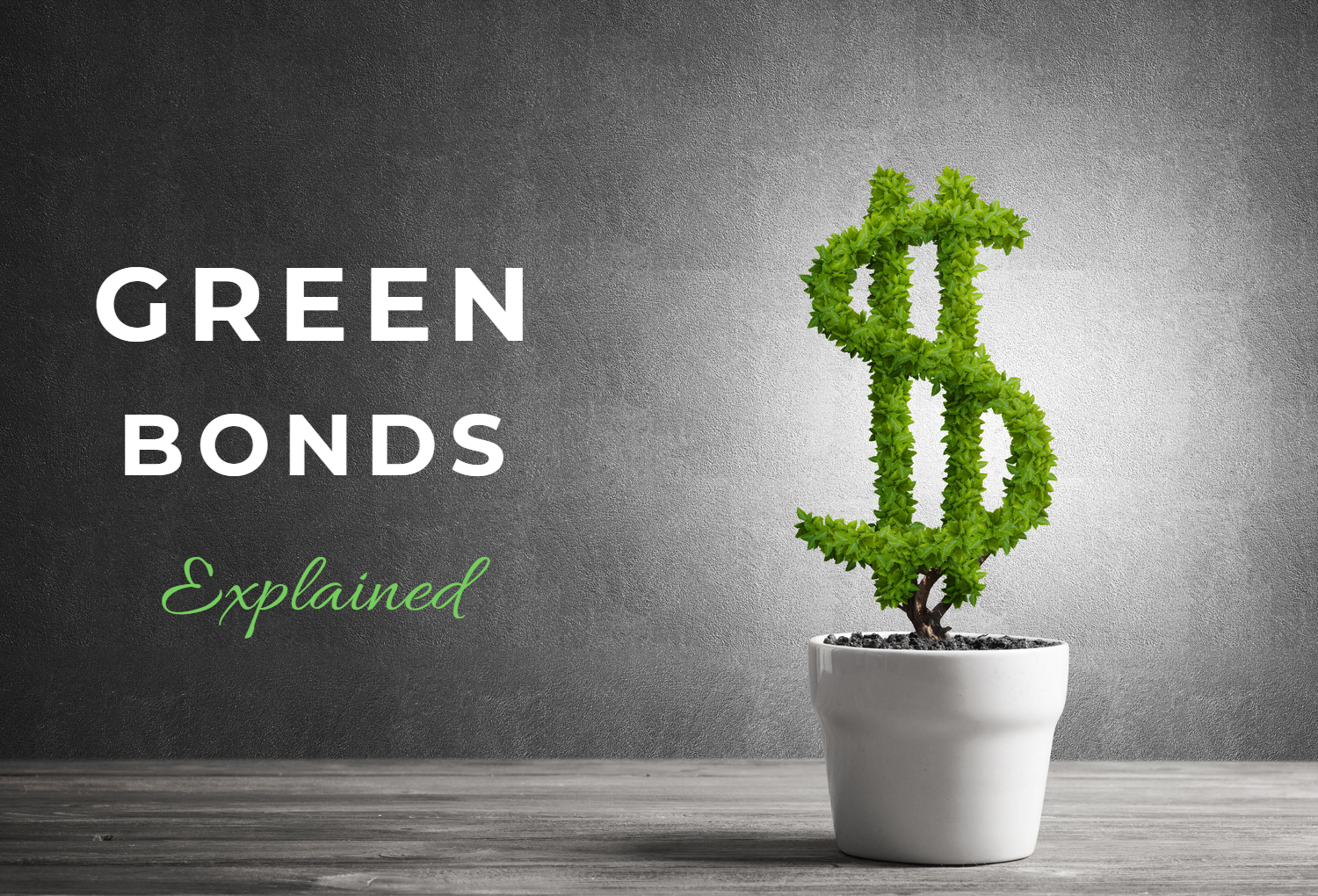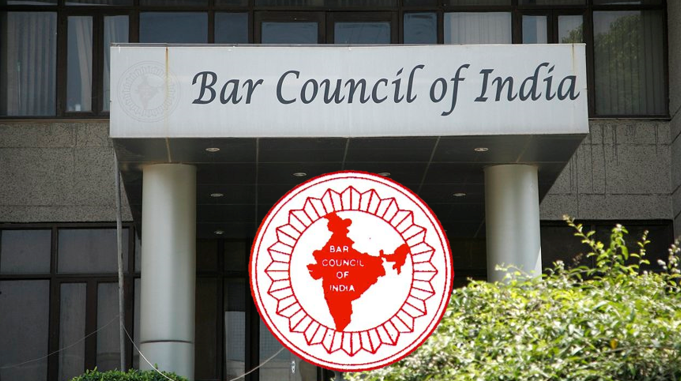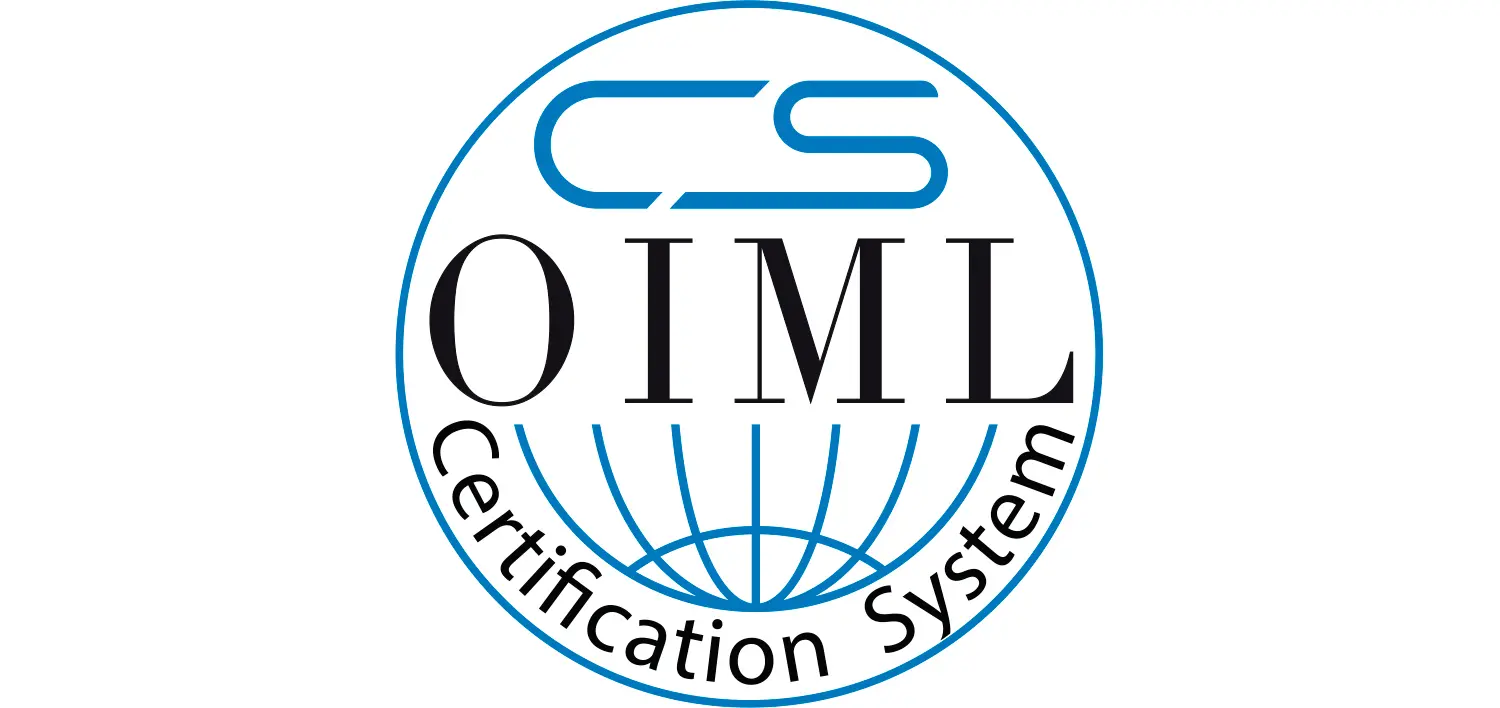UPSC
|
17 November 2021 08:36:13
Green Bond

Corporate green-bond issuance has reached new highs as U.S. companies including chip maker Micron Technology Inc., retailer Walmart Inc. and data-center company Equinix Inc. add the bonds as part of larger traditional bond offerings.
What is a green bond?
Green bonds work like regular bonds with one key difference: the money raised from investors is used exclusively to finance projects that have a positive environmental impact, such as renewable energy and green buildings.
With countries around the world stepping up their efforts to reduce carbon emissions, the market for green bonds is booming. This rapid growth was highlighted in October 2021, when the European Union issued about $14 billion of the bonds – the largest deal ever. The money raised will support projects including a research platform for energy transition in Belgium and wind power plants in Lithuania.
Where do green bonds come from?
The first green bond was issued in 2007 by the European Investment Bank, the EU’s lending arm. This was followed a year later by the World Bank. Since then, many governments and corporations have entered the market to finance green projects.
The US is the largest source of green bonds, led by the government-backed mortgage giant Fannie Mae. Corporations from Apple to Pepsi and Verizon have got in on the act. State and local governments have also turned to green bonds to pay for infrastructure projects.
Looking ahead, the EU is set to become the biggest force in the green bond market, with plans to issue around $300 billion in total over the next five years to finance sustainable investments. Individual EU countries such as France, Germany and the Netherlands have issued their own green bonds. A Swedish property company, Vasakronan, issued the world’s first green corporate bond back in 2013.
How do I know the bonds are green?
Greenwashing – making false or misleading claims about the green credentials of a company or financial product – is a major challenge for the market in green bonds and other sustainable investments.
Regulators and the industry itself are working hard to address this issue.
Many borrowers adhere to guidelines called the Green Bond Principles, which have been endorsed by the International Capital Market Association to help bring transparency to the market. There’s also a range of companies that offer to assess and certify bonds.
The EU is taking transparency a step further with its voluntary Green Bond Standard. This is intended to help the market grow by giving investors the information they need to assess and compare securities that claim to be green.
What’s the outlook for green bonds?
For all the urgency around tackling climate change, the fossil fuel industry raked in far more financing than green projects in the years following the signing of the Paris Agreement. That’s changing in 2021, according to Bloomberg Green, indicating that we may be at a tipping point in the fight to save the planet.









